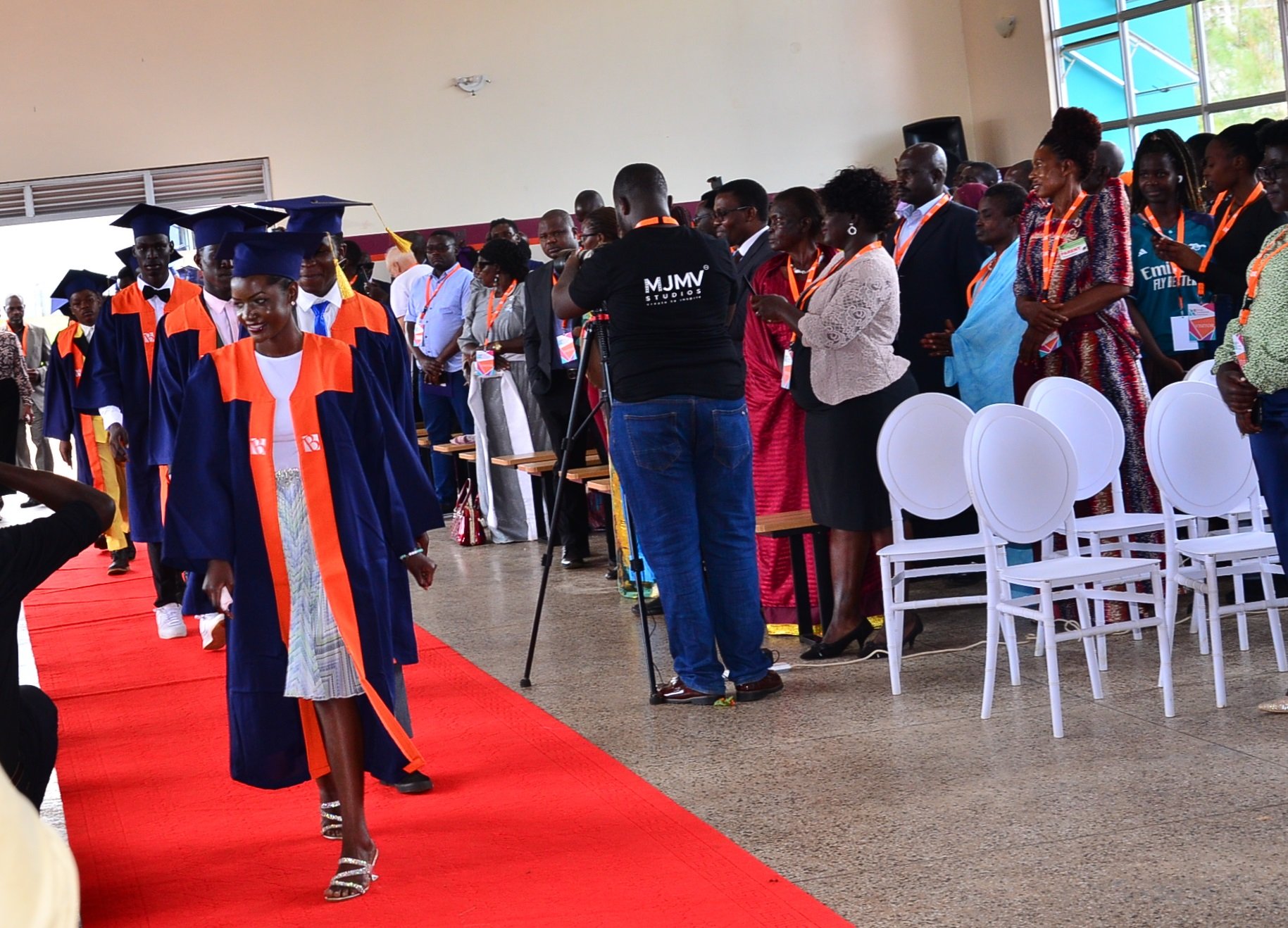Prime
Security hunt poachers over killing of nine Uganda Kobs

A combined force of Uganda Wildlife Authority rangers and Uganda People’s Defence Forces are searching for suspected poachers believed to have killed nine Uganda Kobs. PHOTO BY FELIX BASIIME
What you need to know:
- Tooro-Semliki Wildlife Reserve covers part of Ntoroko, Bundibugyo and Kabarole districts and also borders with Lake Albert.
NTOROKO. A combined force of Uganda Wildlife Authority (UWA) rangers and Uganda People’s Defence Forces (UPDF) are searching for suspected poachers believed to have killed nine kobs in Tooro-Semliki Wildlife Reserve in Ntoroko District.
The warden-in-charge of Tooro-Semliki Wildlife Reserve, Mr Benon Mugyerwa, on Monday evening confirmed the death of the Uganda Kobs.
“Yes, we found nine heads of the kobs inside Tooro-Semliki Wildlife Reserve last week on Wednesday. The poachers had already taken the meat but we have dispatched a combined force of our rangers from our reserve and other parks together with the UPDF to hunt and arrest these poachers,” Mr Mugyerwa said.
Other poaching incidents
Just mid last month, court in Ntoroko District sentenced four cattle keepers for illegally grazing more than 600 cows in Tooro Semliki Wildlife Reserve.
Mr Deusdedit Twinomugisha, the assistant warden of Community Conservation at Tooro-Semliki Wildlife Reserve, said the cattle keepers have killed all the lions in the reserve because they eat their cows.
“Lions are the key attraction to tourists in the park. Tourists don’t want to see domestic animals in the park and they pay a lot of money to see wild animals, birds and boat cruise events,” he said.
Mr Twinomugisha said the reserve receives between 500 to 700 tourists each year.
Last year, Police in Katwe-Kabatoro in Kasese District held four suspects for allegedly killing lions in Queen Elizabeth National Park.
The 11 lions included three females and eight cubs, which died after suspected poisoning, at Hamukungu Fishing Village in Queen Elizabeth National Park.
The management of the reserve continues to suffer challenges that include poaching, illegal grazing, poor road network to the reserve, poor community attitude towards conservation, illegal trafficking of wildlife resources and a high demand of resources from the reserve such as poles, firewood, water and grass.
The reserve
Tooro-Semliki Wildlife Reserve covers part of Ntoroko, Bundibugyo and Kabarole districts and also borders with Lake Albert.
According to UWA, some of the cattle keepers were allowed to graze in the reserve during the ADF war to alert government about the rebel positions but after the insurgency in 1990s, however, the habit of grazing in the reserve continued.
As early as 1913, Tooro-Semliki Wildlife Reserve became significant for tsetse fly control programme and a lion hunting area.
It was established as a Game Reserve in 1926 Under General Notice 546 aiming at the protection of the large population of wild animals of which kobs were dominant. Other games were reedbucks, waterbucks, hartebeests, lions, buffaloes, elephants, hippos and others.
The reserve covers an area of 542sq, km. it is located in Western Uganda and is neighboured by 12 sub-counties.
It is a habitat to a number of endangered species including the chimps in the central savanna and the River Line forest of Mugiri, Wasa, and Nyaburogo rivers. Tourists say the chimps here exhibit a number of unique features such as digging and drinking from holes even when water is available.




